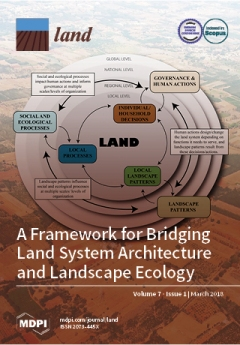Persian Gardens: Meanings, Symbolism, and Design
Culture and identity in a society can be represented in the architecture and the meanings intertwined with it. In this sense, the architecture and design are the interface for transferring meaning and identity to the nation and future generations. Persian gardens have been evolved through the history of Persian Empire in regard to the culture and beliefs of the society. This paper aims to investigate the patterns of design and architecture in Persian gardens and the meanings intertwined with their patterns and significant elements such as water and trees.


